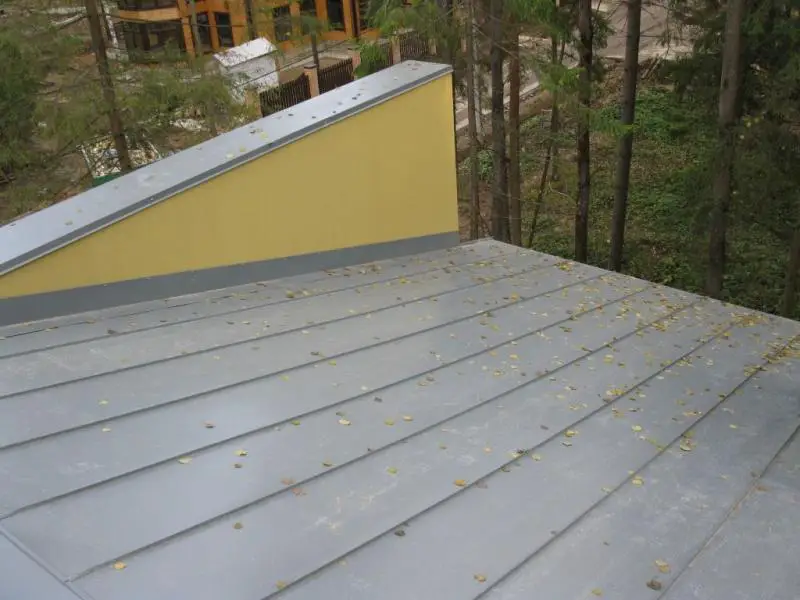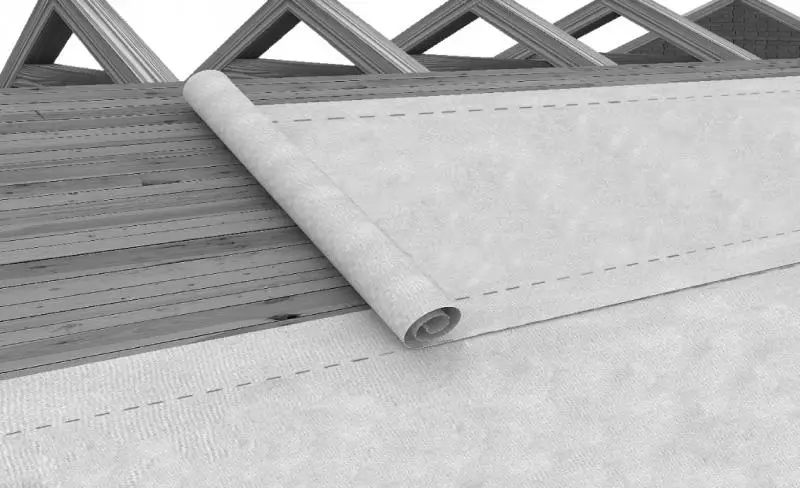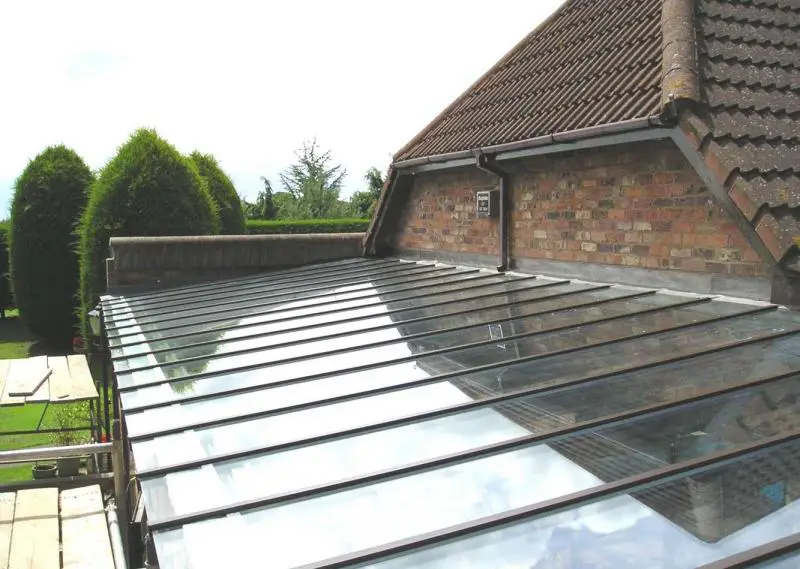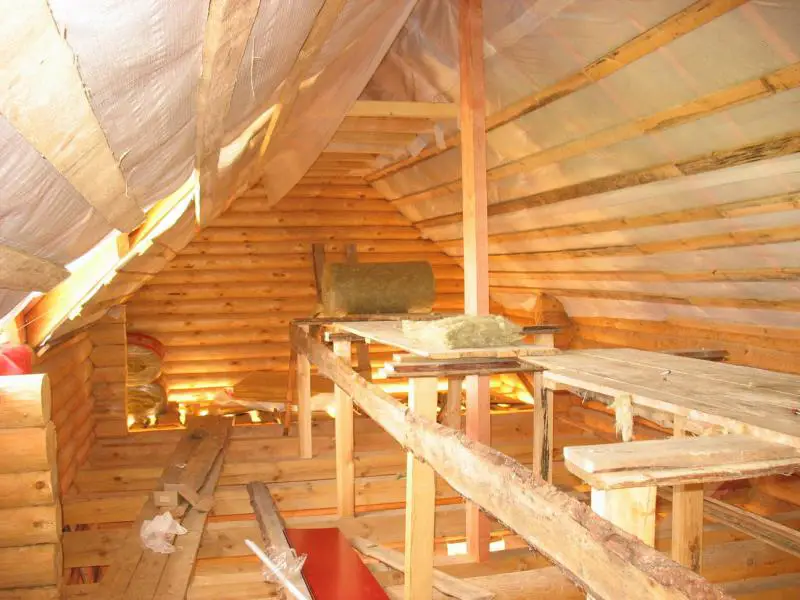There can be your advertisement
300x150
Window Glazing: Types of Glass and Their Features
In recent years, the glass industry has advanced rapidly, introducing new innovations almost every year. The era when window openings were filled only with standard glass or plexiglass is long gone. The variety of glass and glass units used in plastic and wooden windows is extremely wide.
Let's examine the main types of glass, their applications, and distinctive features.
Aside from the quality of glass used in glazing production, another important factor is the number of chambers in the unit. A chamber refers to the air gap bounded by glass on both sides. Initially, single-chamber glazing with two glass panes was developed, resulting in one air chamber. Currently, the maximum number of chambers in a glazing unit is three, with up to four glass panes.

Types of Glass and Their Features
- Standard float glass. 'Float' means flat in English. This type of glass undergoes thermal tempering, ensuring uniform thickness and absence of optical distortions. It does not have special energy-saving or sound-absorbing properties and is the most commonly used glass among glazing manufacturers.
- Energy-saving glass. A special transparent coating is applied to both surfaces during production, reducing the glass’s thermal emissivity. As a result, convective heat losses are significantly reduced, and the thermal resistance of the entire glazing unit is increased.
- Impact-resistant glass. Glazing units made from this glass are categorized by strength from A1 to A3. The highest group indicates the ability to withstand direct impact from heavy objects without creating a through hole. Groups B1 to B3 assess the glass’s resistance to break-ins and vandalism. Such glazing is commonly used in public spaces, commercial premises, banks, and similar locations.
- Laminated glass (triplex). Made from two or three transparent glass panes bonded along the edges with a continuous elastic film based on polyvinyl butyral (PVB). This film enhances overall structural strength and prevents injury from shards if the glass breaks. Up to 90% of fragments remain attached to the film. Additional options include increasing the PVB film thickness or adding tinting or reflective additives.
- Reinforced glass. Similar in performance to triplex, but further strengthened by embedded metal wire mesh. The mesh typically has a 12.5 mm cell size. This type of glass is used in armored vehicles and other structures requiring high glass strength.
- Thermally resistant glass. Glazing units with this glass include special compensating gaps that expand during heating, preventing cracks. Fire resistance is measured in minutes: the standard limits are 30, 60, 90, and 120 minutes.
- Tempered glass. During production, it undergoes special thermal treatment, increasing its impact and bending strength by up to six times compared to standard glass. It can also withstand temperatures up to 2000°C. Another crucial feature is fragmentation into small, blunt-edged fragments upon breakage.
Choosing the Right Glazing Unit
When selecting glazing for your home windows, consider several factors, keeping in mind that glass is a heavy material. When purchasing, for example, a double-chamber glazing unit, ensure that the window frame’s hardware and hinges are sufficiently strong. Ignoring this may eventually lead to window sagging, constant misalignment of gaps, and difficulty opening or closing the window.

For most of Russia’s climate zones, it is recommended to use single-chamber glazing with energy-saving glass or double-chamber glazing with standard float glass. To minimize heat loss, use the widest double glazing unit possible. The best sound insulation is achieved when the air chamber thicknesses differ between panes.
Glazing is not just a part of a window but a critical component of the entire room. Avoid cutting corners on quality. Low-quality units made from questionable glass are not significantly cheaper than high-quality ones. If condensation forms inside the window or, worse, if it freezes through, the cost of replacement will far exceed the cost of installing a new window due to high labor intensity.







